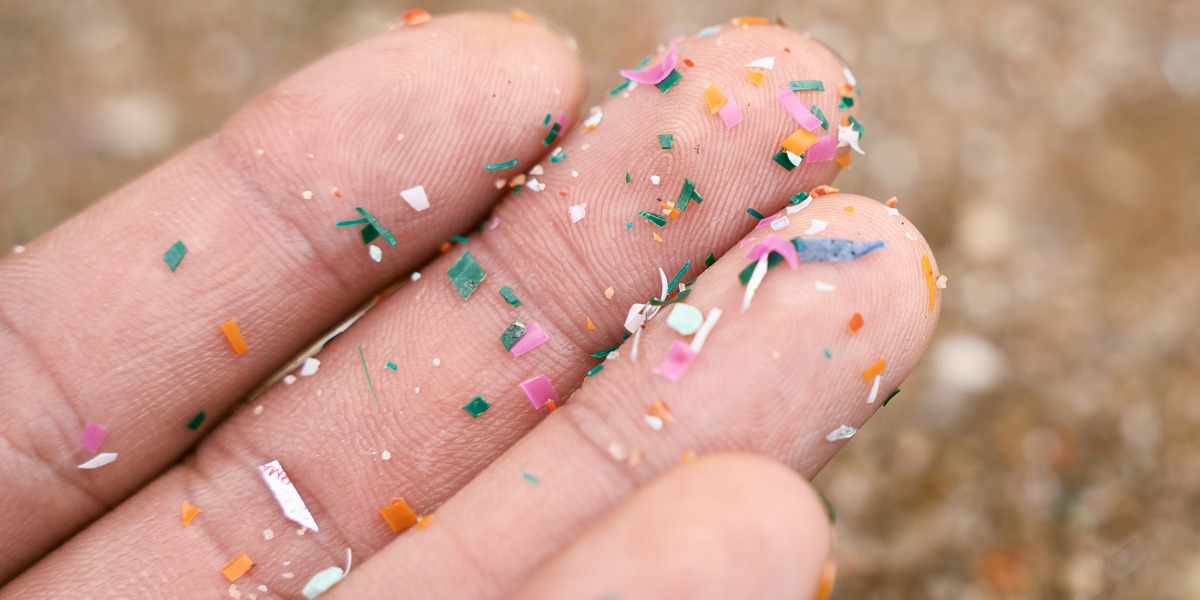
Here, bits of plastic can end up collecting various types of bacteria, which cling to their surfaces. Seabirds that ingest them not only end up with a stomach full of plastic—which can end up starving them—but also get introduced to types of bacteria that they wouldn’t encounter otherwise. It seems to disturb their gut microbiomes.
There are similar concerns for humans. These tiny bits of plastic, floating and flying all over the world, could act as a “Trojan horse,” introducing harmful drug-resistant bacteria and their genes, as some researchers put it.
It’s a deeply unsettling thought. As research plows on, hopefully we’ll learn not only what microplastics are doing to us, but how we might tackle the problem.
Read more from Tech Review’s archive
It is too simplistic to say we should ban all plastic. But we could do with revolutionizing the way we recycle it, as my colleague Casey Crownhart pointed out in an article published last year.
We can use sewage to track the rise of antimicrobial-resistant bacteria, as I wrote in a previous edition of the Checkup. At this point, we need all the help we can get …
… which is partly why scientists are also exploring the possibility of using tiny viruses to treat drug-resistant bacterial infections. Phages were discovered around 100 years ago and are due a comeback!
Our immune systems are incredibly complicated. And sex matters: there are important differences between the immune systems of men and women, as Sandeep Ravindran wrote in this feature, which ran in our magazine issue on gender.
